Have you ever wondered if every email you send from your mailbox will be successfully delivered?
If you want to avoid the SPAM folders and land your cold emails in your prospects main inboxes, this article is for you.
Warming up domains and emails is crucial to build a good sender reputation and have high deliverability, and warm-up tools are there to help us and make the process quicker.
There are a lot of email warm-up tools to choose from. In this blog post I’m presenting 8 of them.
Manual vs automated email warm-up
The warm-up process is necessary if you care about the success rate of your cold email campaigns. After all, you won’t get replies if your emails land in spam.
To cut things short, there are two ways you can handle the process: manually or with a tool.
When you’re warming up your emails by hand, you’ll get a good reputation. The downside is that it’s time-consuming and that you need to remember to increase the volume gradually. This means you need to keep it in mind every day, so there are no breaks in the process.
You also need to learn how to do it in the first place.
When you’re warming up your emails automatically, the process gets a whole lot easier. It’s easy to start and – what’s most important – it runs on autopilot, so you don’t have to worry about how it’s going. It also saves you your precious time.
If you decide to go with automated email warm-up, you need to find a tool that you can rely on and trust that it will do a good job.
So without further ado – here are the 8 warm-up tools we picked.
8 best warm-up tools
1. Woodpecker – warm-up
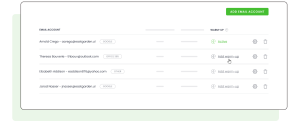
Woodpecker users can warm up their email addresses with a warm-up add-on. You can use the warm-up add-on for the price of $5, which makes it more than 5x cheaper than other warm-up tools.
It helps you save time, maintain a good sender reputation, increase your deliverability and improve the safety of your sending. Your email address interacts positively with real emails and content. The warm-up process is smooth and human-like, which makes it natural and therefore so effective. Woodpecker warm-up does the work for you – it opens replies and automatically moves emails if they end up in the spam folder.
It only takes a few minutes to set up. All you have to do is activate the warm-up add-on in Woodpecker and select the accounts you want to set up the warm-up for. The AI will find the optimal settings and safe sending frequency for you.
Price:
$5 per email account
To sum up:
- Cheaper than other warm-up tools
- Natural, human-like warm-up scenarios
- Powered by AI
- Quick setup
2. Mailwarm
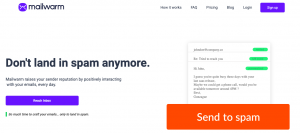
Mailwarm is a dedicated email warm-up tool.
The email warm-up process by Mailwarm is very simple: the user’s email account will automatically send a big amount of emails to +1000 Mailwarm’s account and get replies.
The daily interactions from Mailwarm are set according to how the user sets the sending schedule.
Mailwarm retrieves these emails from the spam folder, opens them, marks them as important and receives a reply (which is how all email warm-up tools work).
Mailwarm gives you the ability to view your daily activity data on a dashboard so you can make tweaks or pause the process.
Price:
The pricing at Mailwarm is quite expensive, as you’ll have to pay as much as $79/month for their Starter plan, which includes up to 50 Mailwarm emails/day, 1 account to warm up, and 1 seat.
3. QuickMail Auto-Warmer
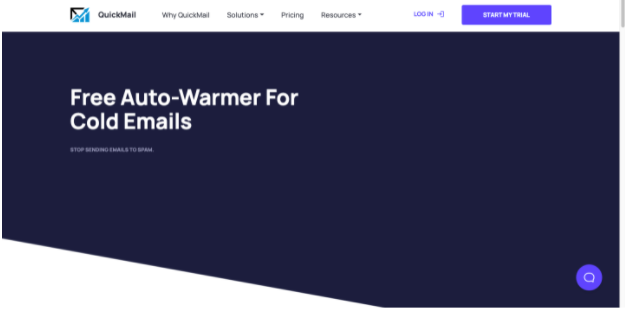
Auto-Warmer is an email warm-up tool by Quickmail.
The tool automatically responds to some of your emails. It’s done with real people’s accounts.
It slowly increases the sending volume, so it makes the user’s activity not suspicious.
In case any email lands in the spam folder, Auto-Warmer gets them out, signaling to the ESP that this email is not spam, and generates a reply.
Price:
QuickMail’s AutoWarmer service is free for up to 50 inboxes per account. You need to complete their 14-day trial first.
4. Lemwarm – lemlist’s feature
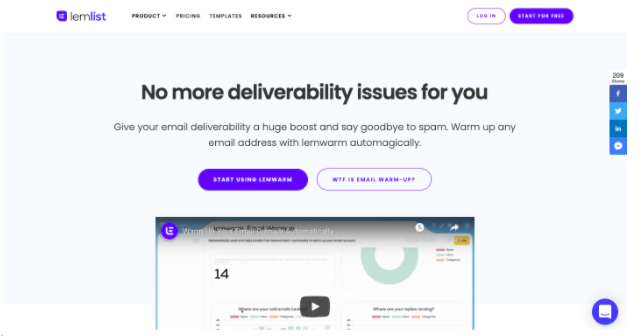
Lemwarm, the email warm-up tool from lemlist, was the first on the market.
Here’s a few words on how it works: you yourself choose how many emails you send per day and then the volume automatically increases.
The tool exchanges warm-up emails with real people.
A huge bummer is that there are no distinct scenarios for email and domain warm-up, though. Which means there’s a high possibility that they won’t get warmed up properly – warming up an email for 2 days won’t do.
Lemwarm also claims that the set up time will take you no longer than a minute.
Price:
This feature will cost you $29 a month per inbox.
5. Reply.io
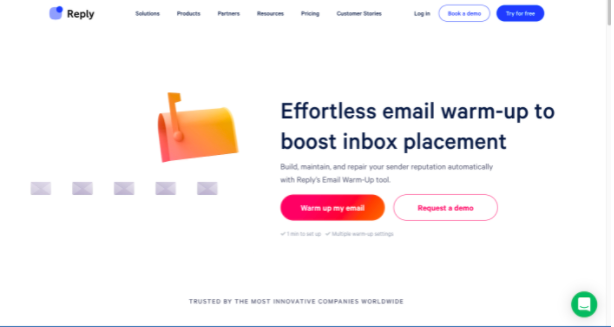
Reply.io, which is a cold email tool like Woodpecker and lemlist, offers an email warm-up feature as well.
The feature automates the warm-up process by sending and engaging with your emails. It works with G suite and Outlook.
It allows you to configure the settings based on your needs: for a new email account, to protect your reputation, and to remove from spam.
Users can track their process in a dashboard.
Warm-up emails are organized in a separate folder in the users inbox.
Price:
$29 per month per email account.
6. Warmup Inbox
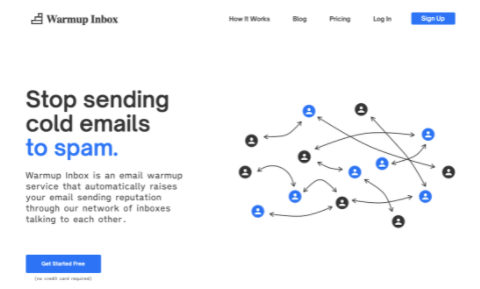
Warmup Inbox is an email warming service.
It’s integrated with many email clients, such as: Gmail and Outlook 365, Yahoo Mail, Amazon SES, Mailgun, Sendgrid, SMTP, Sendpost, Microsoft 365, Zoho and Google Workspace.
The tool will automatically raise your sender reputation through the network of inboxes exchanging messages.
Warmup Inbox sends emails on behalf of your email address to other platform users. Those emails will be opened, replied to, engaged in threaded discussion and favorited to simulate a real human interaction.
Price:
The price is $9 per month per inbox.
7. Warm Up Your Email (Mailshake)
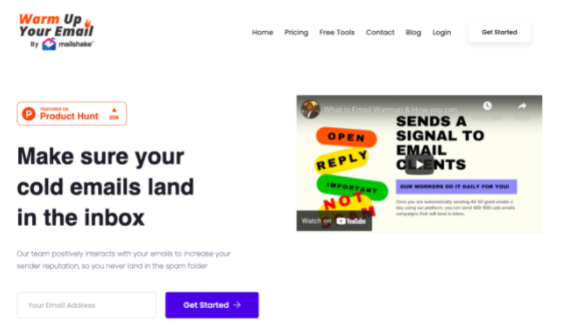
Warm up Your Email is an email warm-up tool that was acquired by Mailshake.
The team behind the tool warms up your inbox by opening your emails, replying to them and removing them from spam.
This tool is integrated with such tools as Gmail, Outlook, AmazonSES, Sendgrid, Mailgun, ZohoMail and some others.
You can review your spam score, which means you can see how many times your email landed in spam. You can also review your spam pattern to see how using the warm-up feature is effective.
Price:
- Sole Sender – $29 per month
Max 50 positive engagements a day, 1 email account, spam pattern analysis.
- Pro Sender – $49 per month
50 positive engagements a day each account, 3 email accounts, spam pattern analysis.
- Agency sender – $99 per month
100 positive engagements a day (for each account), 8 email accounts, spam pattern analysis.
8. Warmbox
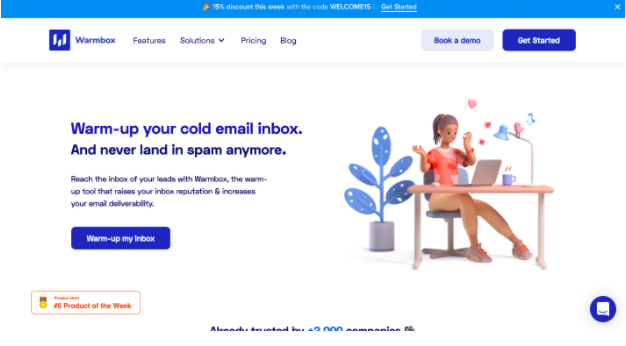
Warmbox is an individual email warming service.
The tool sends everyday realistic emails from the user’s inbox, removes them from spam folders, opens, bookmarks and replies to some of them.
The 10,000+ inboxes that the system uses are a mix of the most important email service providers.
There are 4 options to choose from: Grow – progessive, Flat, Randomize, and Custom.
Warmbox integrates with such email providers as: Gmail, Outlook, Yahoo! Mail, iCloud, AOL, Yandex, Zoho, Amazon SES, Sendgrid, Mailgun, and any other inbox (SMTP).
Pricing:
Starts at $15 per month for 1 inbox, $69 per month for 3 inboxes, $139 per month for 6 inboxes.
Back to you
Warm-up tools are extremely helpful when it comes to getting your cold emails into the main inbox of your prospect.
This article presents the best email warm-up tools available in 2025.
Some of them are free and some of them are on the pricier side.
Bearing in mind the warm-up feature needs to be running for rather an extended period of time in order to successfully warm up your mailbox and domain, it’s reasonable to choose a free option.
FAQ
Why is an email warm-up strategy important for email service providers?
An email warm-up strategy is important for email service providers as it gradually builds a sender’s reputation, reducing the likelihood of emails being marked as spam. This strategy involves sending a controlled number of emails initially and gradually increasing the volume, which helps in establishing a positive sender reputation.
How does a warm-up campaign affect sender reputation?
A warm-up campaign positively affects sender reputation by demonstrating responsible email behavior to email service providers. By sending emails that engage well with recipients and avoid spam filters, it establishes trust and improves email deliverability.
What are manual warm-up processes and how do they differ from automated warm-up?
Manual warm-up processes involve the sender manually sending and managing a series of emails over a period, gradually increasing the volume and monitoring the response. Automated warm-up, on the other hand, uses tools or software to automate this process, often employing peer-to-peer technology to ensure consistency and efficiency.
How can spam filters impact email campaigns, and how does warming up help?
Spam filters can significantly impact email campaigns by blocking or redirecting emails to the spam folder, reducing their visibility. Warming up helps by gradually building a reputation with email service providers, ensuring emails land in the recipient’s primary inbox.
What is the role of multiple email accounts in building a positive sender reputation?
Using multiple email accounts in a warm-up strategy can help in diversifying the sender’s presence and mitigating risks. It allows for a broader warm-up effort, enhancing domain reputation and improving overall email deliverability for different campaigns.
How can a warm-up email cluster improve email deliverability?
A warm-up email cluster, which involves sending emails to a group of recipients who are likely to engage positively, can significantly improve email deliverability. This positive engagement signals to email service providers that the sender is reputable, boosting inbox placement rates.
What should be included in a warm-up strategy for Google Workplace users?
For Google Workplace users, a warm-up strategy should include sending a gradually increasing number of emails, using a custom SMTP if available, and ensuring that emails are tailored to the target audience to encourage engagement and avoid the spam folder.
How does a free trial of an email warmup tool benefit cold email outreach?
A free trial of an email warmup tool benefits cold email outreach by allowing users to test the tool’s effectiveness in improving their sending reputation and email deliverability. This trial period can help users understand how well the tool aids in ensuring their emails reach the recipient’s primary inbox.
What are the key components of a successful email warm-up strategy for email campaigns?
The key components of a successful email warm-up strategy for email campaigns include starting with a low volume of emails, gradually increasing the send rate, ensuring high-quality content to engage recipients, and using an email warmup tool to automate and optimize the process. This strategy is crucial for maintaining a positive email reputation and achieving successful email campaigns.
READ ALSO
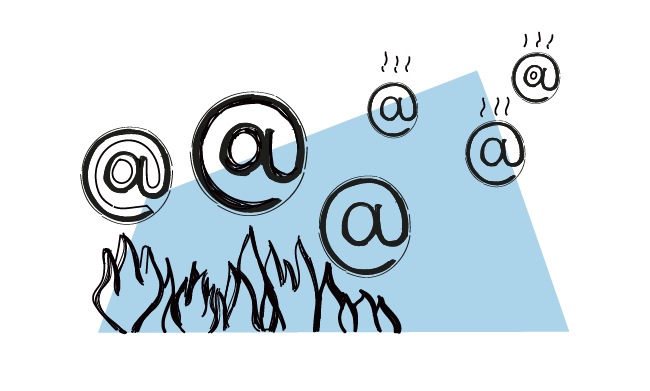
Woodpecker Warm-up & Recovery: Warm up Mailboxes and Domains Automatically
We’ve just launched an email warm-up and recovery feature - included in price for all our premium users.
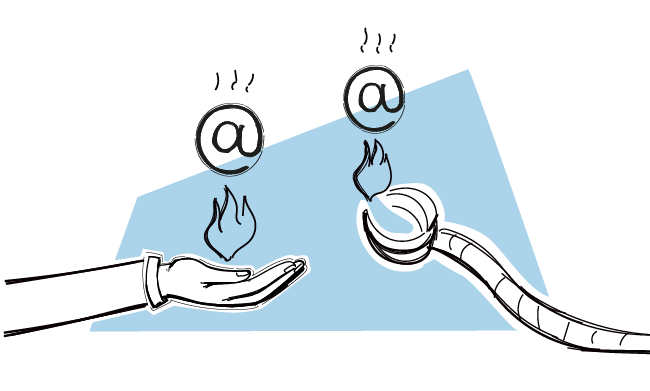
Manual vs Automated Email Warm-up: Which Strategy Is Better for You?
Successful outreach takes time. The first, and very important step is to warm up your mailbox before using it for cold email campaigns. Without a proper warm-up, your emails won’t reach your prospects’ inboxes.

How to Warm Up My Domain Before Email Outreach
It's not news for you that we need to warm up an email address. It's actually one of the first things you need to do before you get on email outreach. But an email address isn't the only thing that needs a bit of prep. We need to warm up a fresh domain too. Warming up a domain resembles warming up an email address. Yet, a newly registered domain warm-up takes way longer than that of any mailbox. Don't worry though. The steps you take to prepare a domain for outreach are pretty similar to the ones you go through with a new email address.

